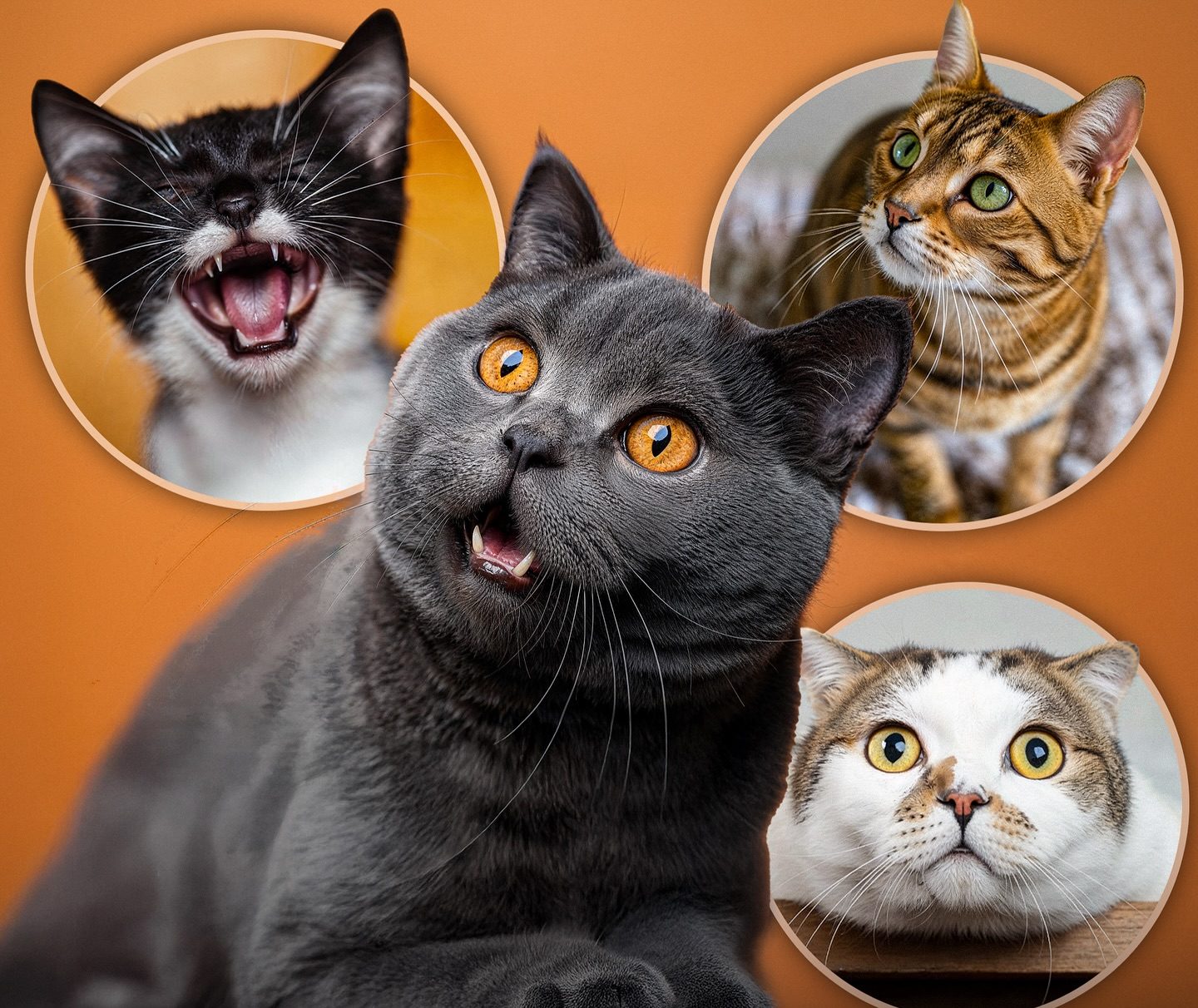Study Reveals That Cats Can Show Nearly 300 Different Facial Expressions, Making Them Far More Expressive Than We Thought
When most people think of cats, they imagine sleek, graceful creatures who seem to float through life with a mysterious air, offering only the occasional purr, meow, or hiss to clue us in on their mood. But a fascinating peer-reviewed study has uncovered something that cat owners may have suspected deep down all along: our feline companions are far more expressive than they appear. Researchers observing cats in a Los Angeles cat café found that cats use nearly 300 distinct facial expressions, a rich and complex language of the face that reveals emotions, intentions, and social cues in ways we’re only beginning to understand.
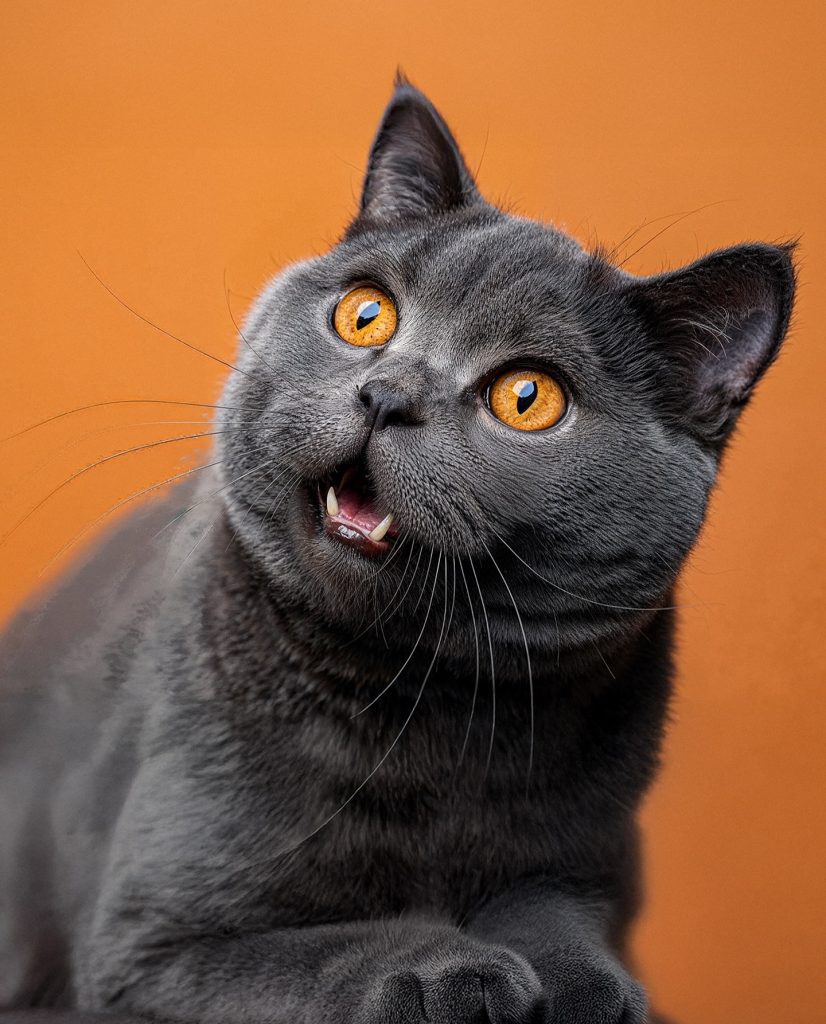
The study’s findings are as heartwarming as they are surprising. At first glance, one might think cats only have a handful of expressions, like the classic wide-eyed look when startled, the slow blink of affection, or the grumpy narrowing of the eyes when displeased. But careful observation and analysis revealed a much wider repertoire. During cat-to-cat interactions, subtle changes in whisker position, ear angles, eye shapes, and even slight movements of the mouth came together to form unique expressions, each carrying its own meaning. For instance, a slight curl of the lip might signal curiosity, while a shift in ear direction could mean the difference between playful interest and cautious retreat.
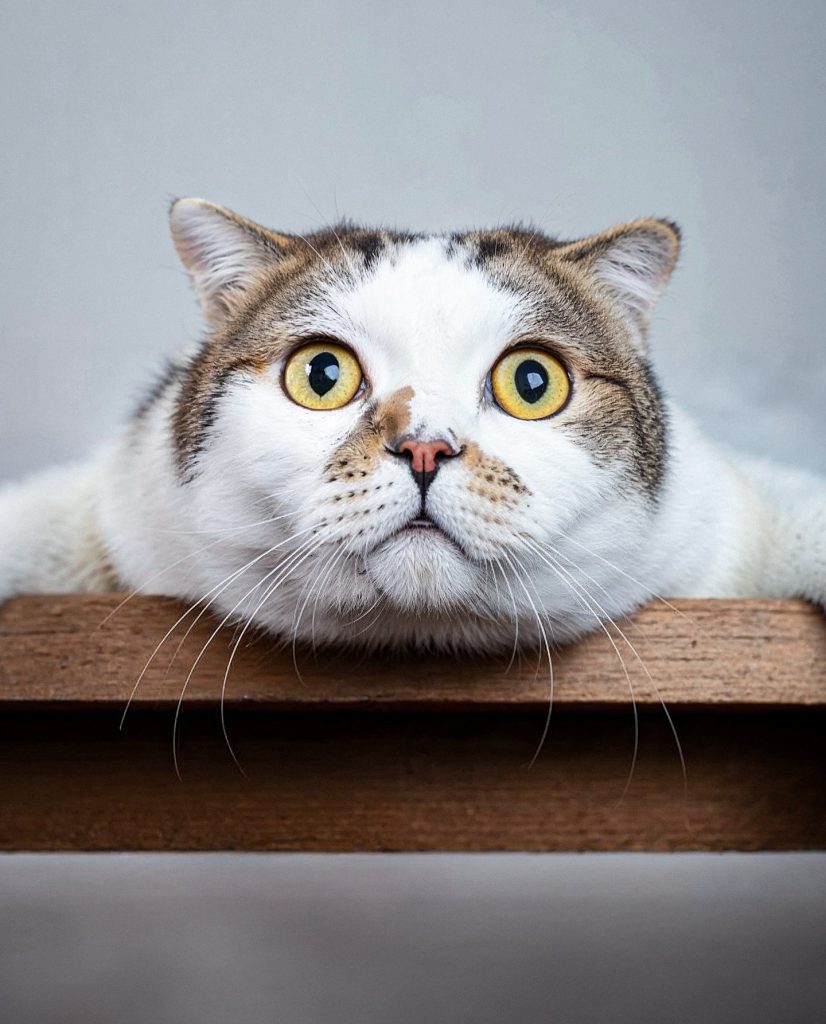
This discovery challenges the long-standing idea that cats are aloof or emotionally distant. Anyone who has lived with a cat knows they’re constantly communicating, not only through sound but through their entire body. The study simply puts a scientific framework around what cat lovers have always felt: cats are deeply social creatures, capable of nuanced communication. Unlike dogs, who often wear their emotions openly, cats tend to be more subtle, and that subtlety has often been mistaken for indifference. But now we have proof that they’re having silent conversations with us and with each other all the time.
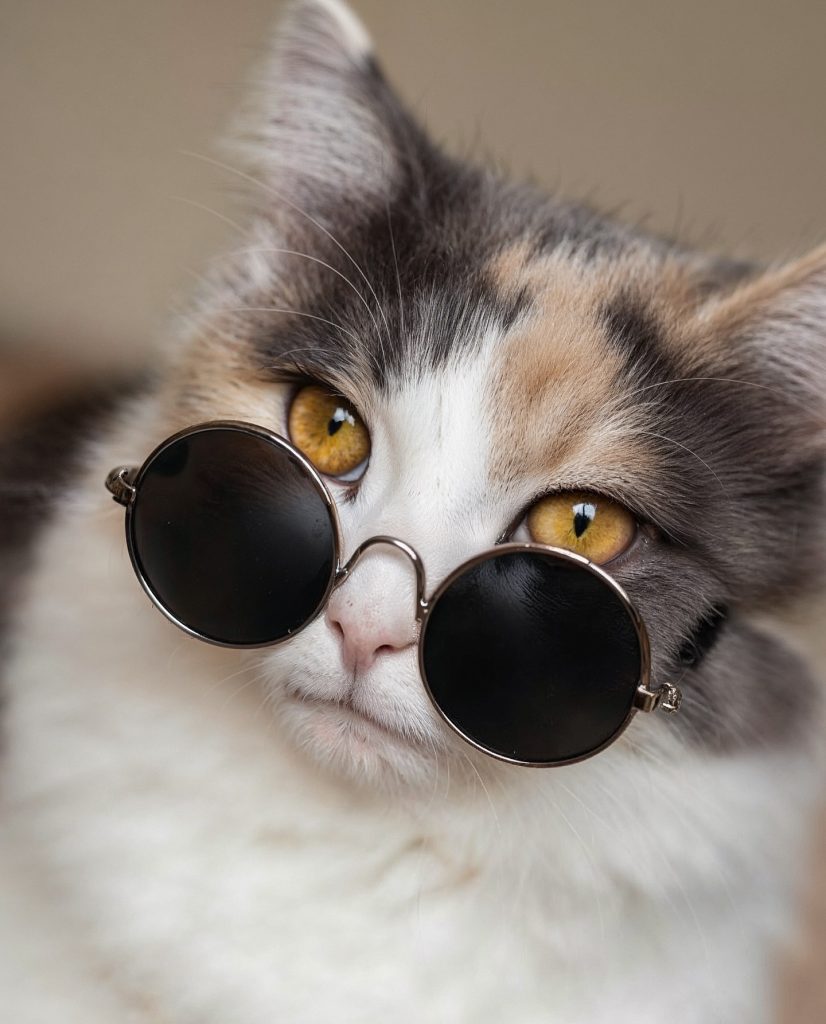
What’s especially fascinating is how cats use their facial language in social settings. At the cat café, researchers noted that certain expressions were shared and understood between cats, like a secret code. For example, during play, cats would flash expressions that signaled “I’m not a threat, just having fun,” preventing misunderstandings that could lead to conflict. On the other hand, when tensions rose, their faces told the story of shifting moods long before a paw was raised or a hiss was heard. It’s a reminder that cats, like humans, rely on social cues to build trust and maintain harmony in their groups.
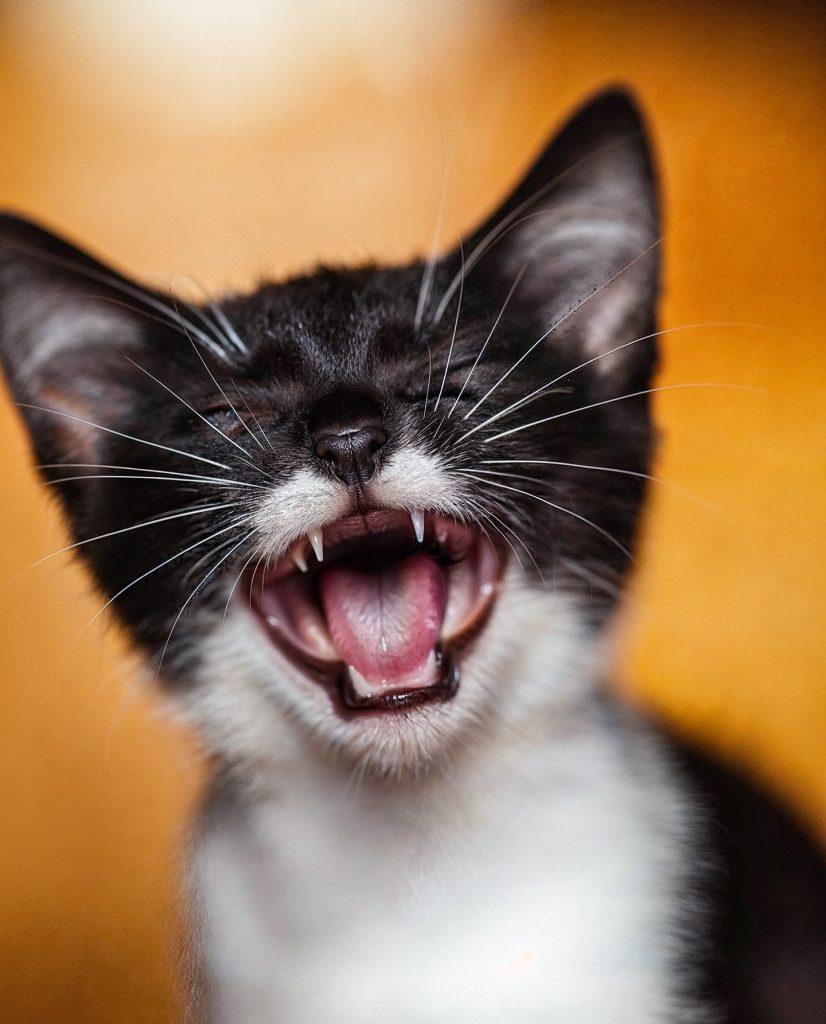
For cat owners, this study offers a new way of seeing the pets they thought they knew so well. Suddenly, the slight twitch of a whisker or the narrowing of eyes might carry a much deeper meaning. Understanding that our cats are equipped with such a broad emotional vocabulary encourages us to pay closer attention, to watch their faces the way they watch ours. After all, just as we can tell when a friend is smiling out of genuine joy or forced politeness, cats too are reading us and likely expecting us to try and read them back.
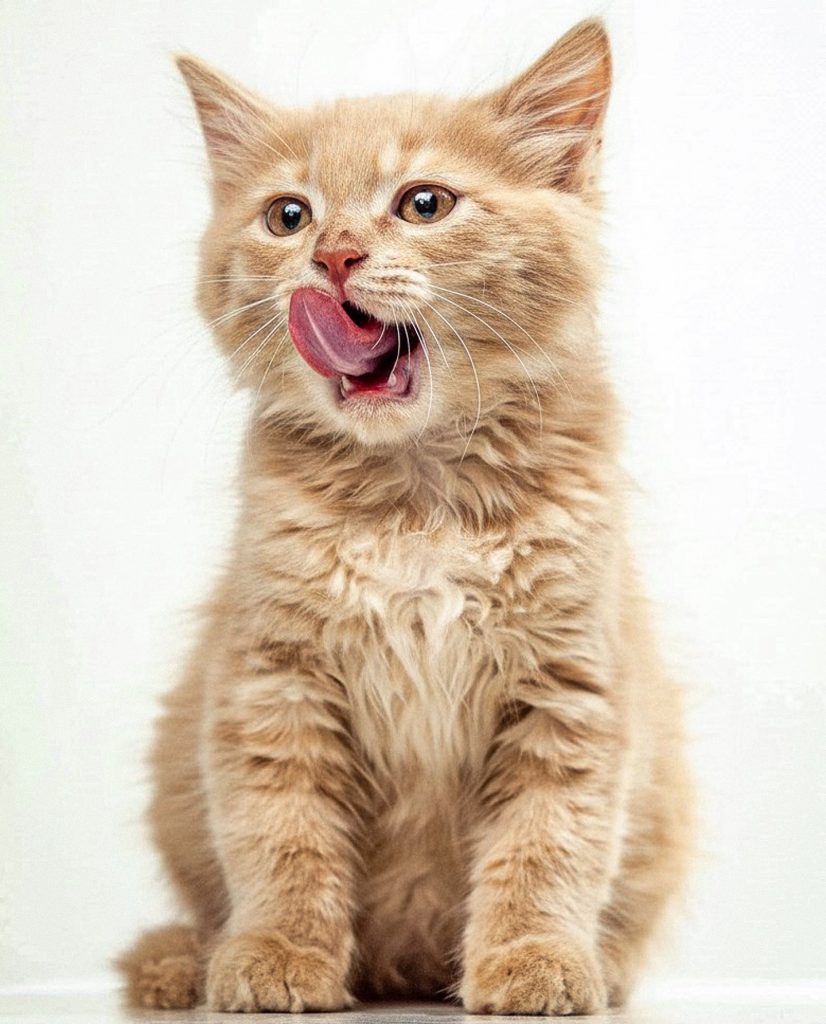
This finding also has potential implications for improving human-animal relationships. If veterinarians, shelters, and everyday cat owners learn to recognize the full range of feline expressions, it could help reduce stress in cats by addressing their needs more quickly. It might also improve adoption outcomes, as shelters could better understand which cats are anxious, which are open to interaction, and which simply need space.
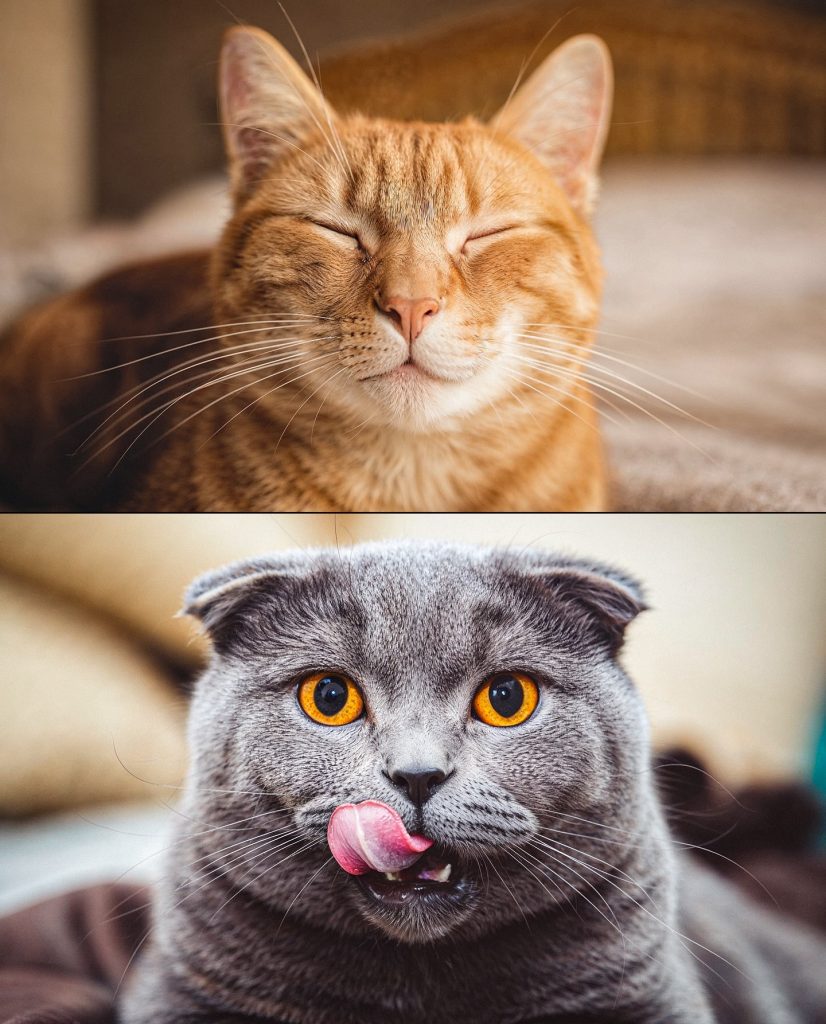
The truth is, cats have never been mysterious in the way we imagined. They’ve been talking all along, not with words, but with the subtle language of their faces. It’s only now that we’ve learned how to listen properly. For those of us who share our lives with these incredible creatures, the study is more than just a scientific curiosity—it’s an invitation to see our cats with fresh eyes, to honor the rich emotional lives they lead, and to cherish the fact that when your cat looks at you, it’s rarely just a blank stare. It’s communication, layered with meaning, waiting for you to notice.

